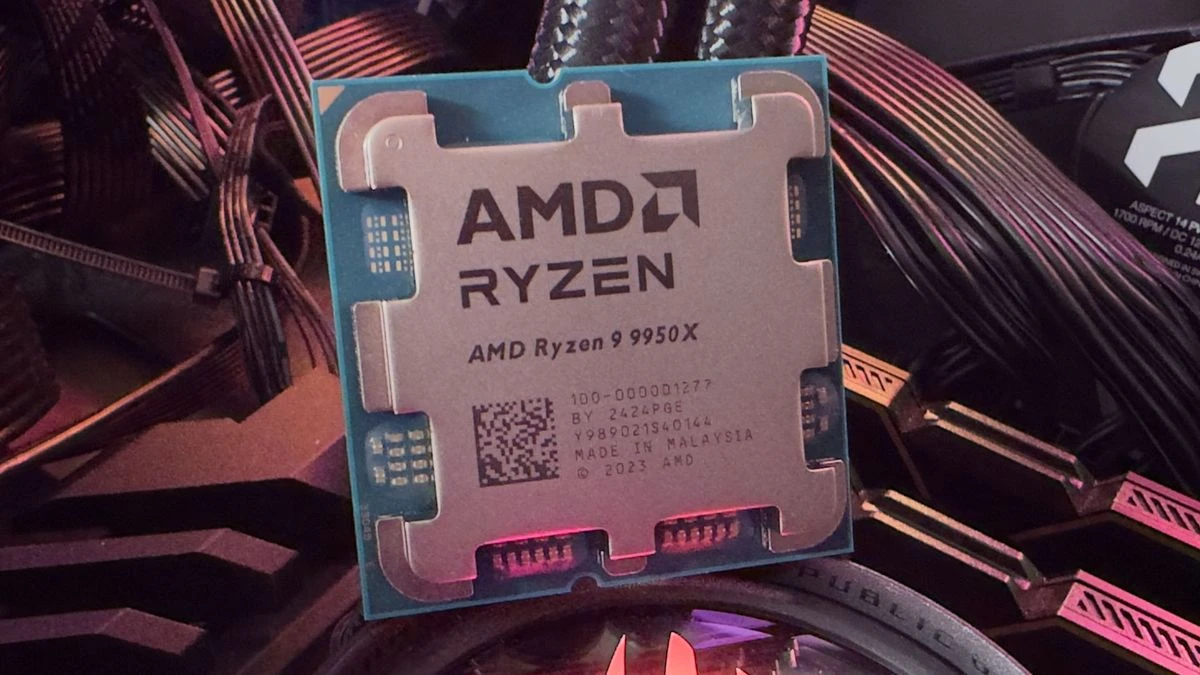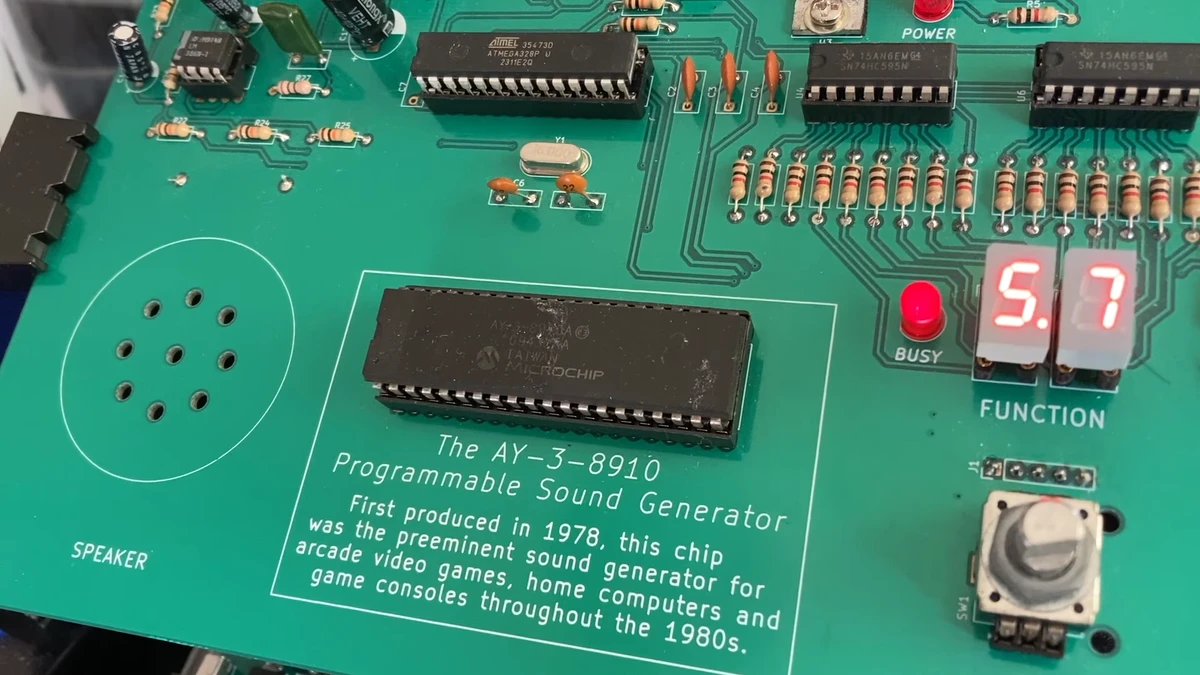AMD's desktop processor market share has jumped by almost 10% in just one year, at the expense of Intel.
It's getting a little repetitive, but Intel has yet another bad news. Over the past year, AMD has regained a substantial 10% of the market share for desktop x86 processors. Could Intel's sales be suffering because of the crashing 13th Gen and 14th Gen processors?
Mercury Research, a long-time PC hardware analyst and soothsayer (via Tom's Hardware), has provided the market share figures. AMD now has 28.7% of desktop CPU market share, up from 19.2% one year ago. However, its mobile CPU share at 22.3% is still lower than the previous figure.
AMD held 19.5% of mobile CPU market share at this time last year. AMD's share of the mobile CPU market is also increasing, but not as quickly.
AMD's desktop processor market share was only 9.1% in the second half 2016 - six months before AMD started to turn things around.
Intel still holds over 70% of the global market. Reports of its demise are therefore clearly exaggerated. AMD has been steadily chipping away at Intel quarter by quarter, barring a few fleeting blips.
In the most recent quarter, AMD gained an additional 5% of the desktop market from Intel. This is the largest quarterly increase in at least a decade. If this trend continues, the doom-laden stories about Intel will become more and more real.
The explanations are speculative. It's certainly not a coincidence that Intel's first quarterly figures, which might have been affected by the fallout of the 13th and 14th Generation CPUs crashing, registered a significant fall.
Intel has told Mercury Research that a portion of its market share decline was due to "inventory adjustments" at one of their customers. It's not entirely clear what this means, but it implies that Intel could have a slight rebound next quarter.
If this does happen, then the "crashing CPU craters Intel's market share" narrative may be a bit harder to push. Regardless of how you slice the data, it's clear that the trend is in one direction. AMD has been stealing market share from Intel for more than a decade.
Intel's new Arrow Lake processors have been a disappointment, so it's hard for us to imagine that trend changing. Intel's desktop processors are not expected to be updated until 2026, given that the company has just launched a brand new desktop chip. It's hard to imagine anything other than further market share losses up until then.
Intel's Lunar Lake processors are more competitive in the mobile market, which is growing. They are more efficient than AMD's processors, and therefore, they may be more attractive, at least in thin-and-light laptops.
Lunar Lake has a slight problem. According to Intel, it isn't as lucrative as the company would prefer. This is due to two factors. It is largely manufactured by Taiwanese company TSMC rather than Intel's own fabs.
Intel has stated that it will not use integrated DDR5 in the future. Intel's next-generation Panther Lake mobile processor addresses both issues by using more Intel silicon and dumping the integrated memory.
Panther Lake will be released next year, probably before AMD's next major update to its mobile CPU. Intel's overall outlook could be better in 2025, even though it appears that it will continue to lose the desktop battle for some time.




Comments